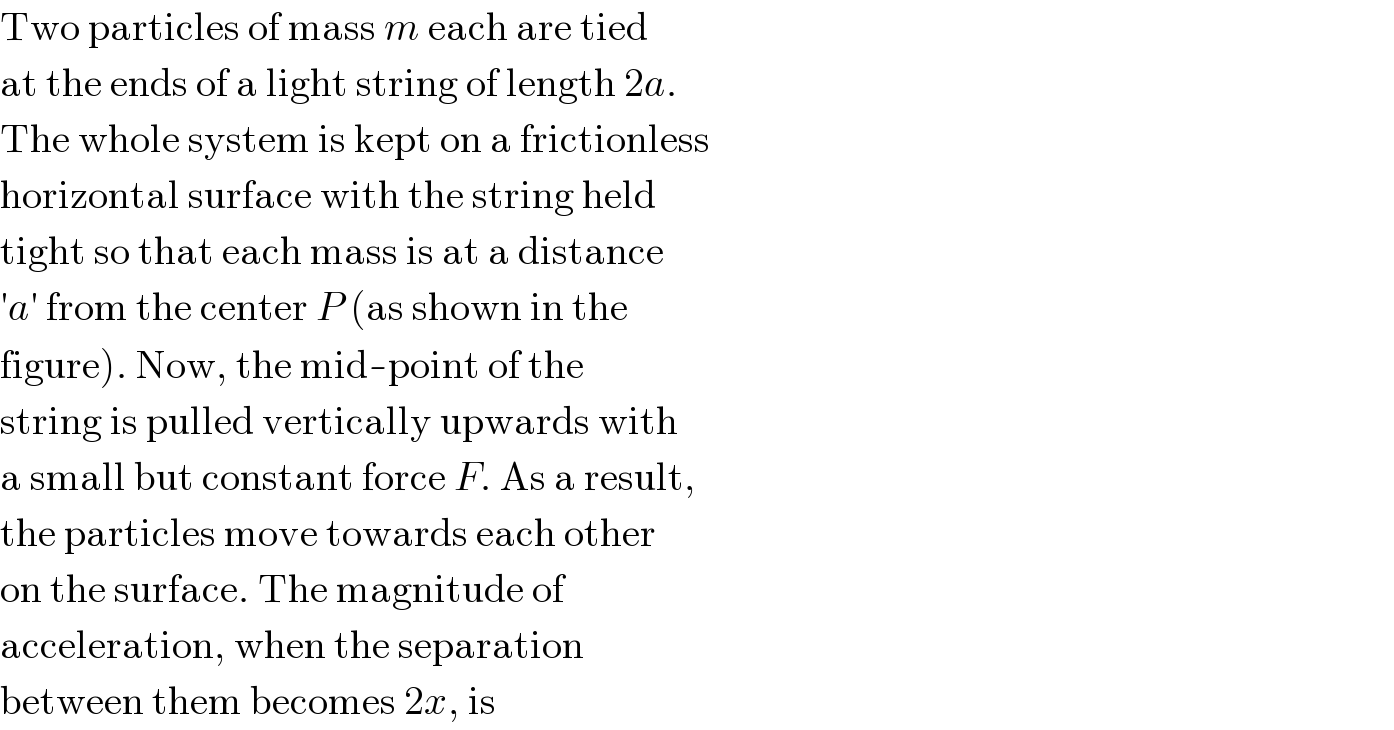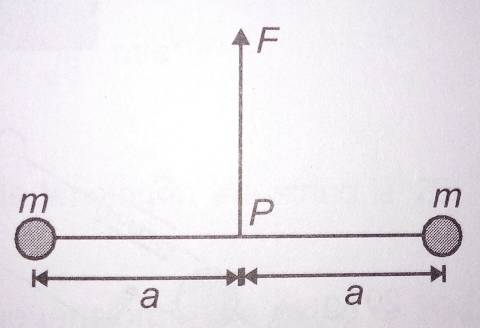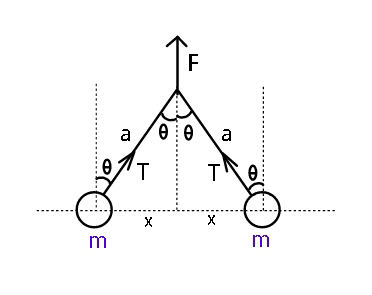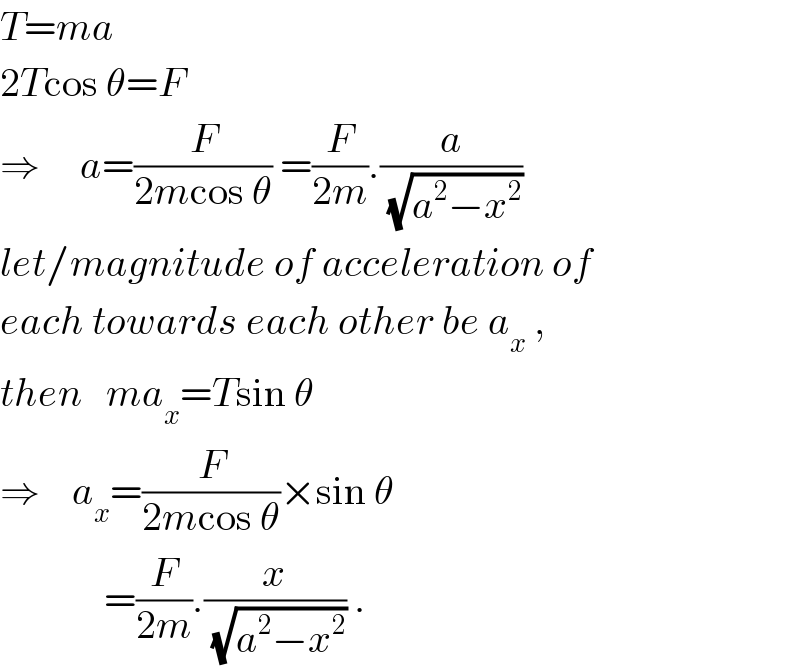Question Number 21150 by Tinkutara last updated on 14/Sep/17

Commented by Tinkutara last updated on 14/Sep/17

Commented by alex041103 last updated on 15/Sep/17

Commented by ajfour last updated on 15/Sep/17

Commented by ajfour last updated on 15/Sep/17

Commented by Tinkutara last updated on 15/Sep/17

Commented by ajfour last updated on 15/Sep/17

Commented by alex041103 last updated on 15/Sep/17

Commented by Tinkutara last updated on 15/Sep/17

